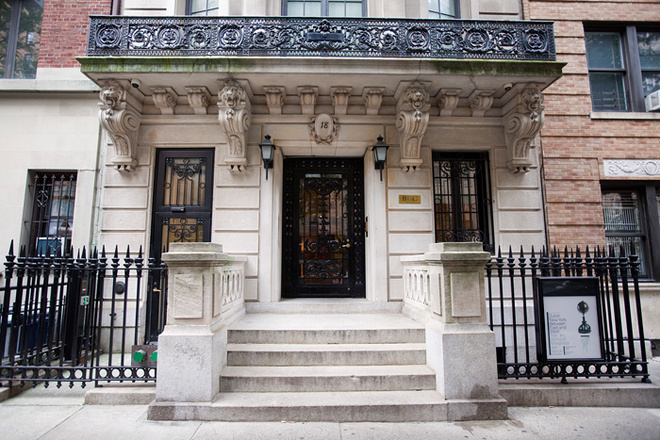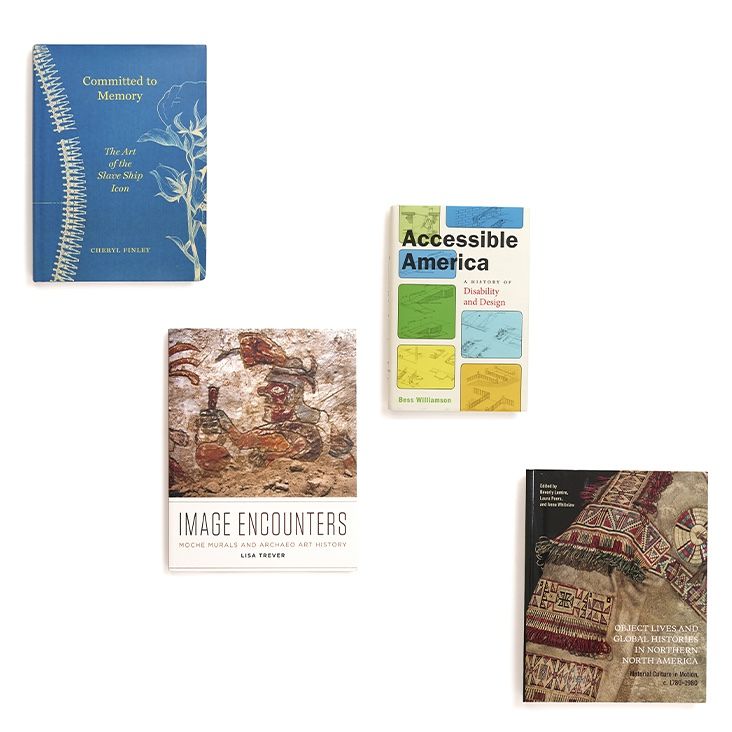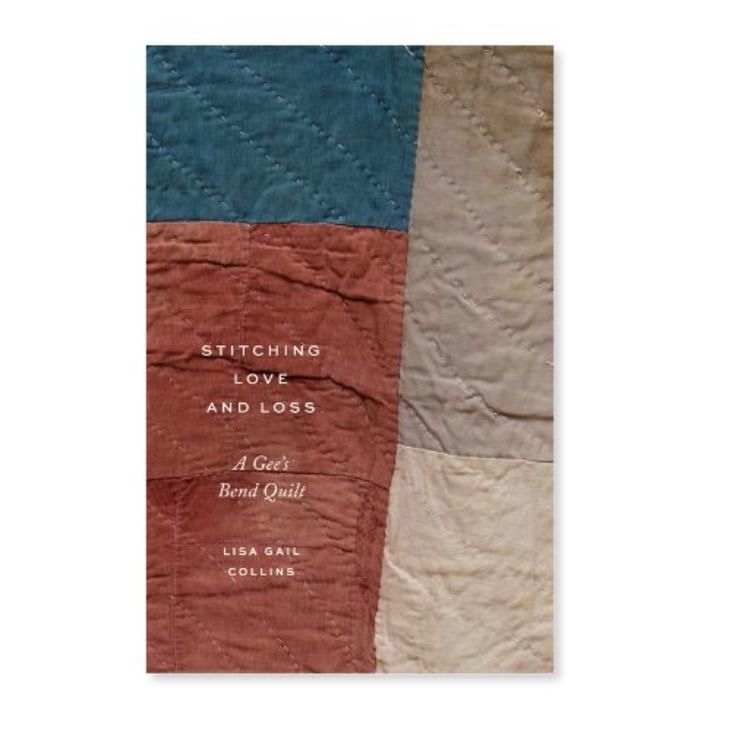Jessica Boven (MA 2019) is the curatorial assistant for architecture and design at the Denver Art Museum. She grew up in San Francisco and Savannah, Georgia before studying art history and religion at Boston University. She has experience in both the for-profit and non-profit spheres, including positions at Skinner Auctions in Boston, several galleries, and various institutions including the Victoria and Albert Museum, The Metropolitan Museum of Art, and Telfair Museums in Savannah. Jessica is a recent transplant to Denver and in fact had never visited the city before she moved there several months ago to take this position, but she is excited to explore a new area of the country.
What attracted you to the BGC’s program?
I came from an auction and gallery background, but I wanted to move beyond attribution and immerse myself in the scholarly field of material culture studies. I was attracted by BGC’s level of academic rigor as well as its interdisciplinary emphasis. As an undergraduate I had majored in art history and religion with a particular focus on folklore and vernacular material culture, and I was impressed by the strength of the BGC’s course offerings in pre-modern and non-western topics. Additionally, I knew that BGC had a strong reputation within the field and would provide opportunities to connect with design historians and museum professionals in New York and elsewhere.
What was your focus of study here, how did you find yourself involved with it?
Within my academic research, I focused on nineteenth- and twentieth-century design in Europe and America. I am fascinated by the varied responses to industrialization during this era, from the wholesale embrace of modern methods of production to the reactionary interest in preindustrial models. Within this broad scope, I tended to work on topics that dealt with the role of women in (and out of) the domestic sphere as well as the material culture of cooking and dining. My thesis traced the adoption of stainless steel flatware in twentieth-century America, using this as a lens through which to study popular acceptance of modernist design during the post-war era. This topic came out of Juliet Kinchin’s course on “MoMA and Modern Living,”
which I took during my first semester at BGC and which encouraged me to move beyond the canon of “good design” in favor of analyzing the cultural and economic forces that promoted, and continue to promote, the consumption of modernist goods. Additionally, courses such as Paul Stirton’s
Design Reform in Britain and Catherine Whalen’s and Freyja Hartzell’s
Issues in Design History and Material Culture Studies helped me develop the theoretical vocabulary to grapple with these critical issues.
Describe your position and how you came to it. What sort of projects are you working on?
I am currently at the Denver Art Museum as the curatorial assistant for architecture and design. As the only member of the department aside from the curator, Darrin Alfred, I am involved with every aspect of the curatorial process, including acquisitions, exhibitions, interpretation, and scholarly research. I honestly can’t imagine a better first job after grad school, as I am exposed to the full range of museum practice. At the moment, we are primarily working on the installation of our permanent collection galleries, which will open next summer as part of the renovation of the museum’s Gio Ponti-designed Martin Building.
How has your experience at BGC helped your career?
During my time at BGC, I was extremely fortunate to be able to intern at both the Victoria and Albert Museum and the Met. These opportunities allowed me to gain the necessary experience to transition from the for-profit sphere to the museum world. When I graduated this past spring, I felt that I was not only qualified but also well-prepared to enter this highly competitive field, and this would not have been possible without BGC’s extensive resources.
Photo Credit: Jessica Boven













